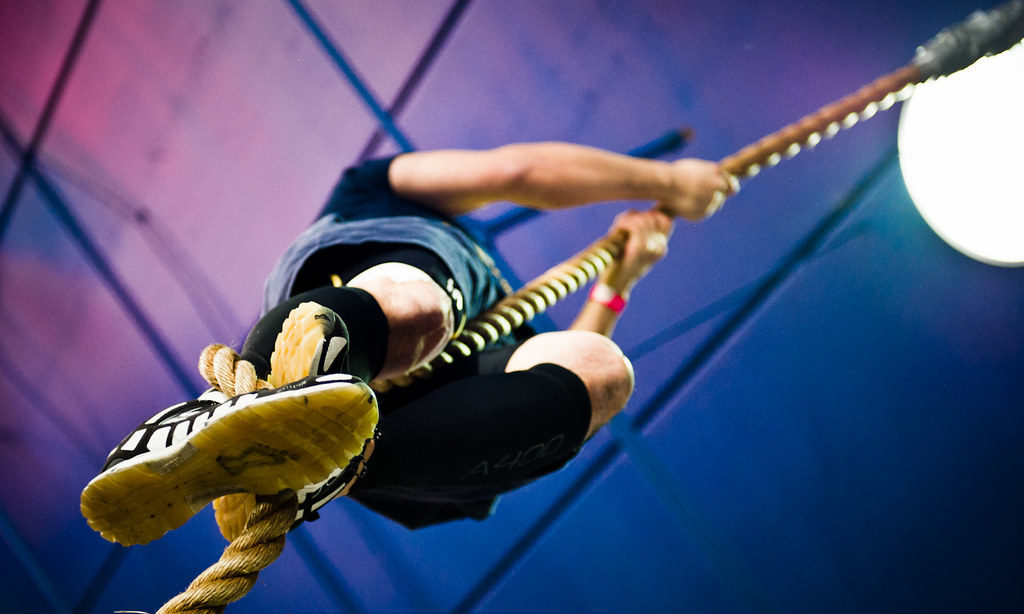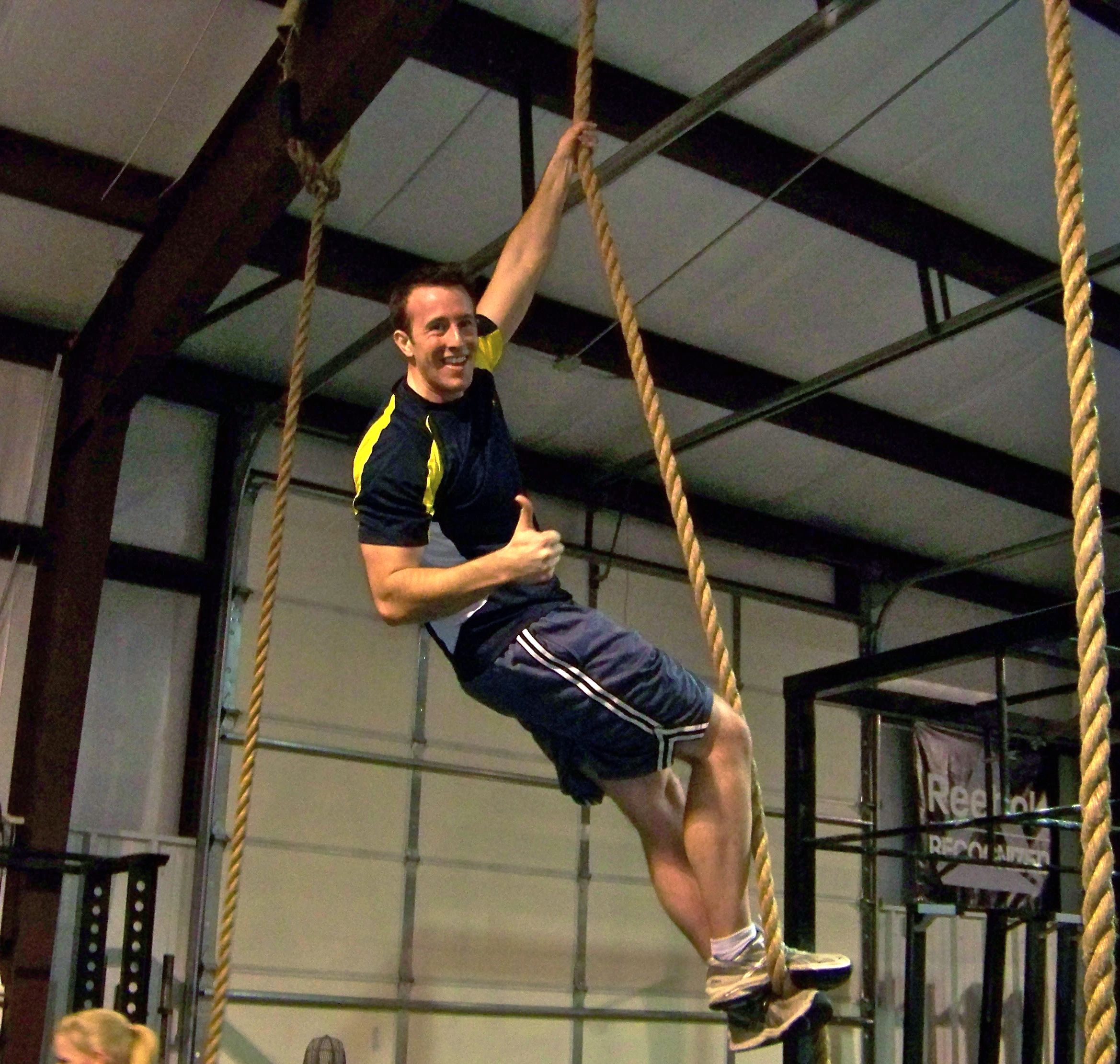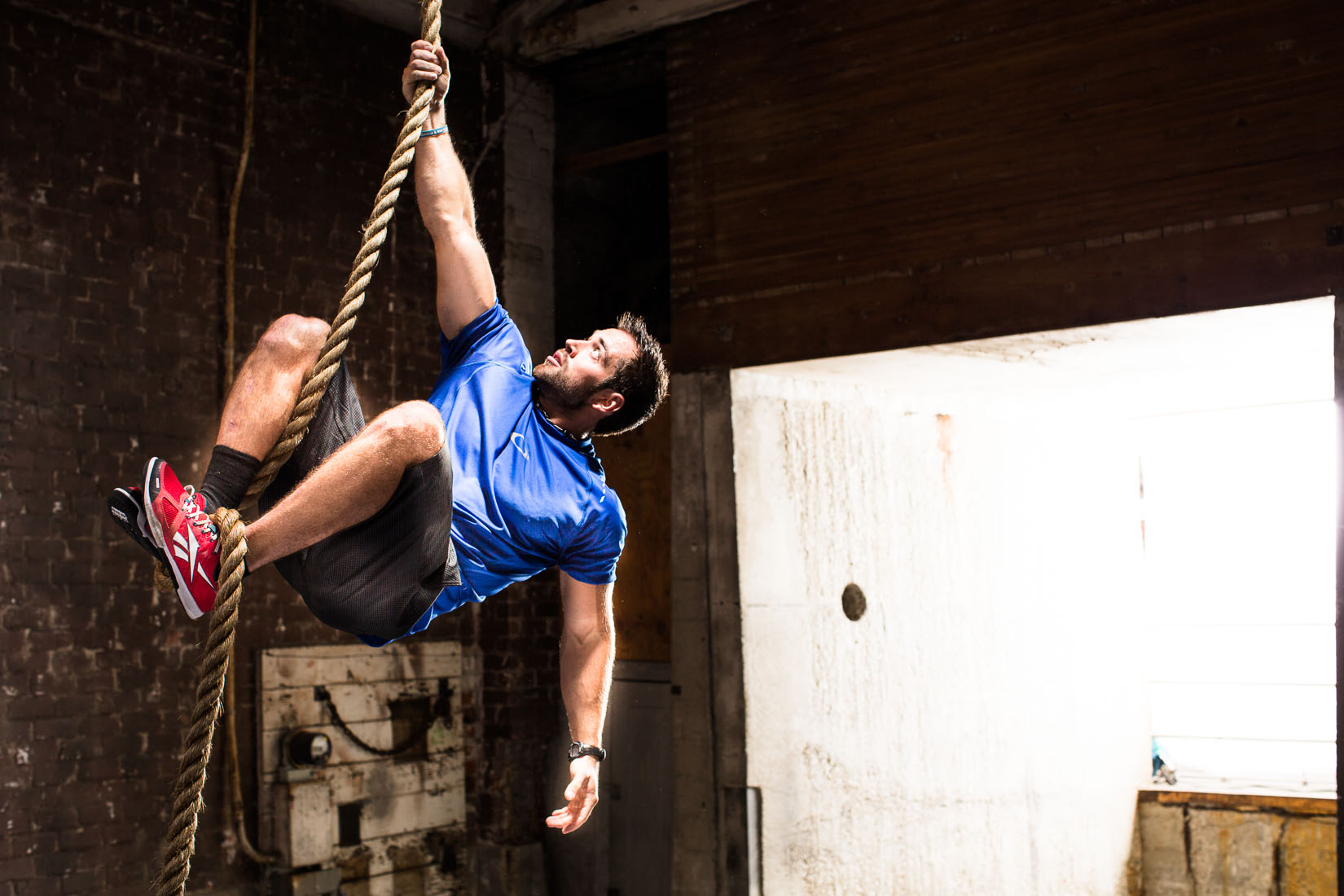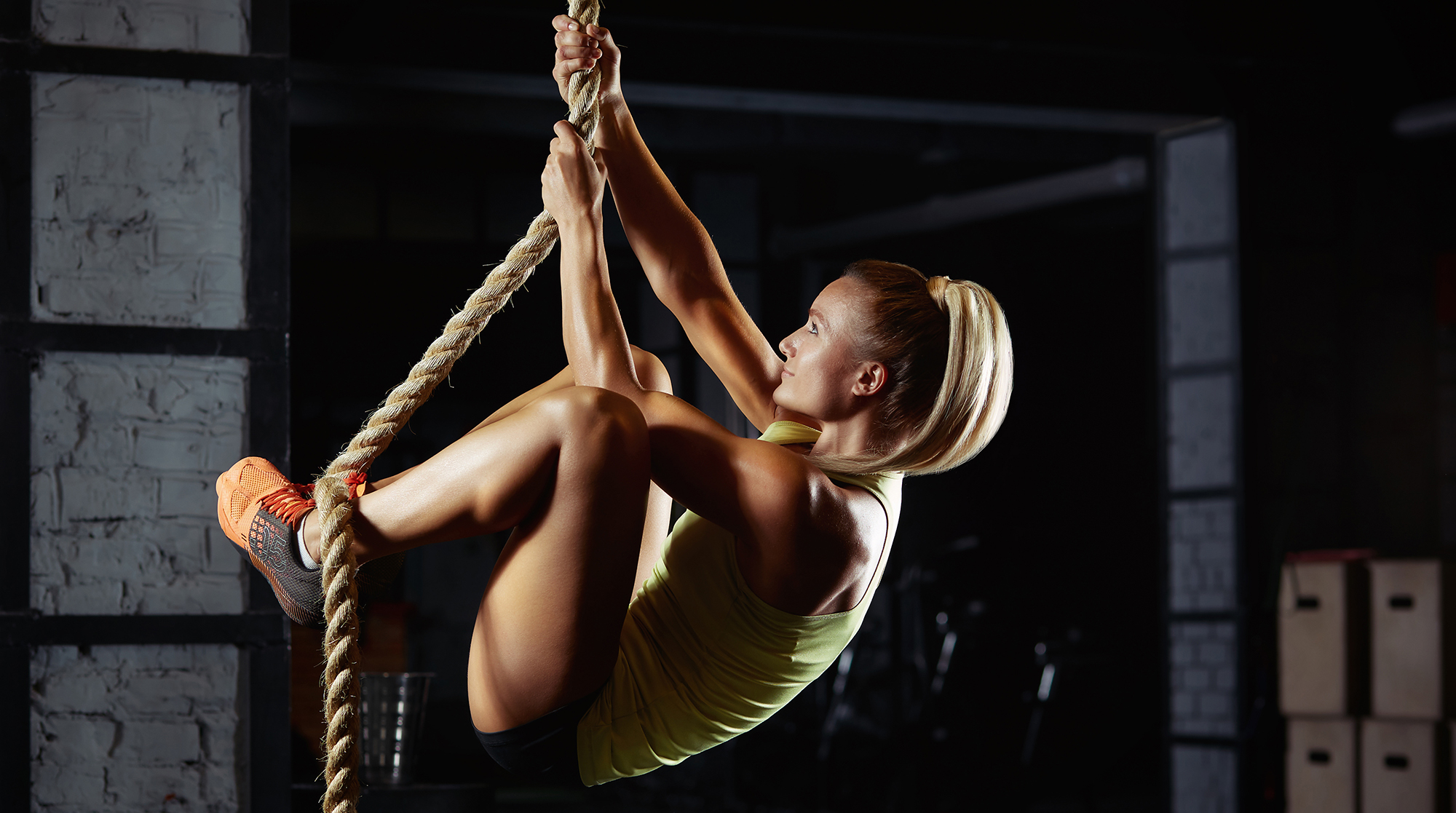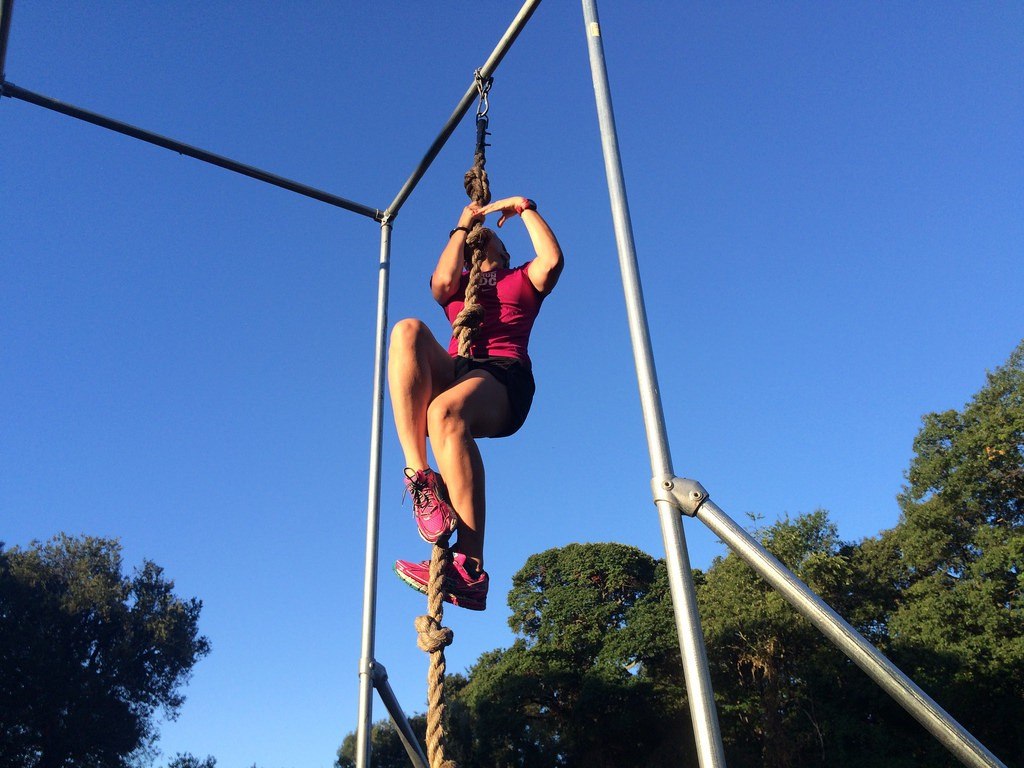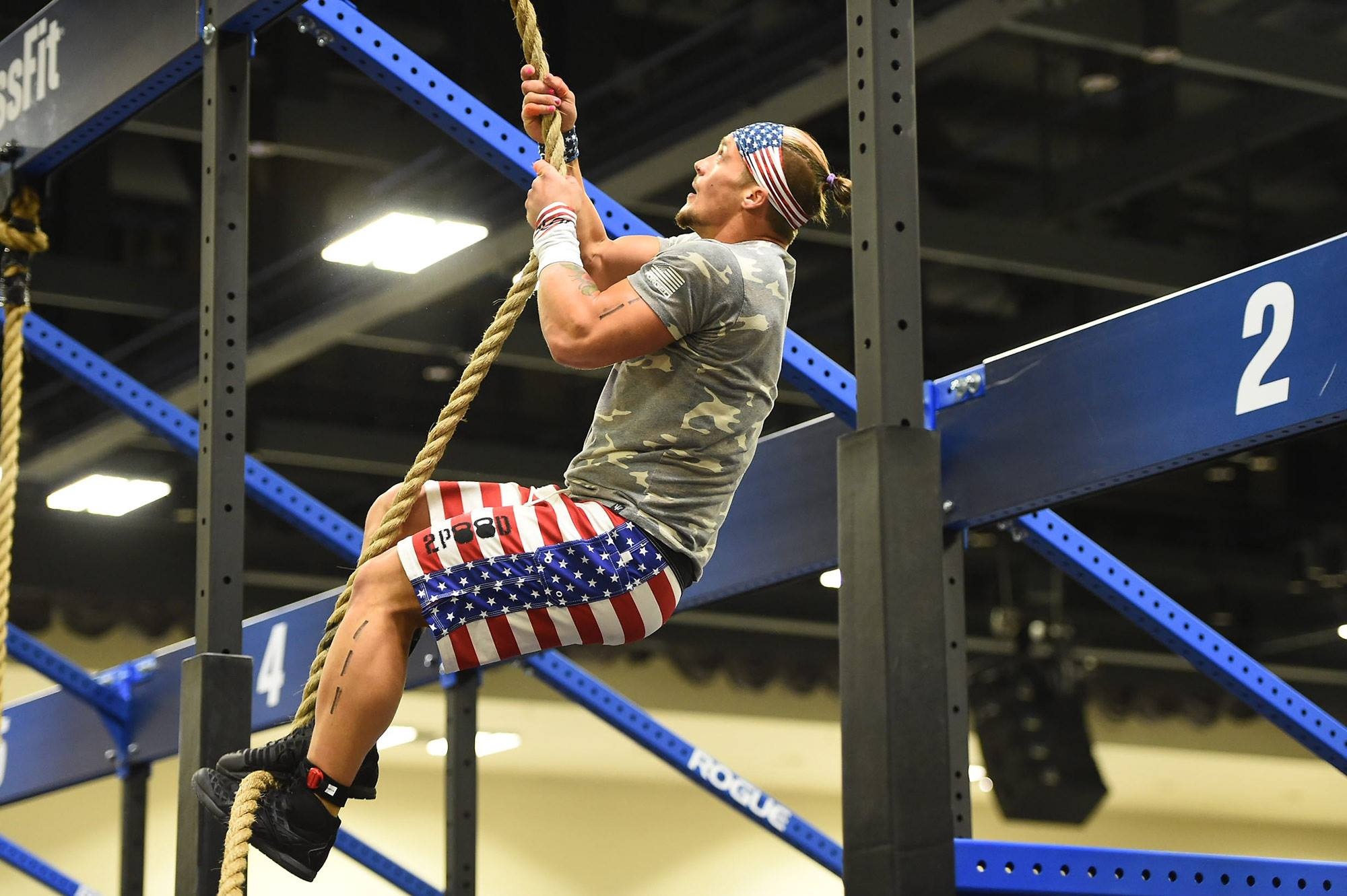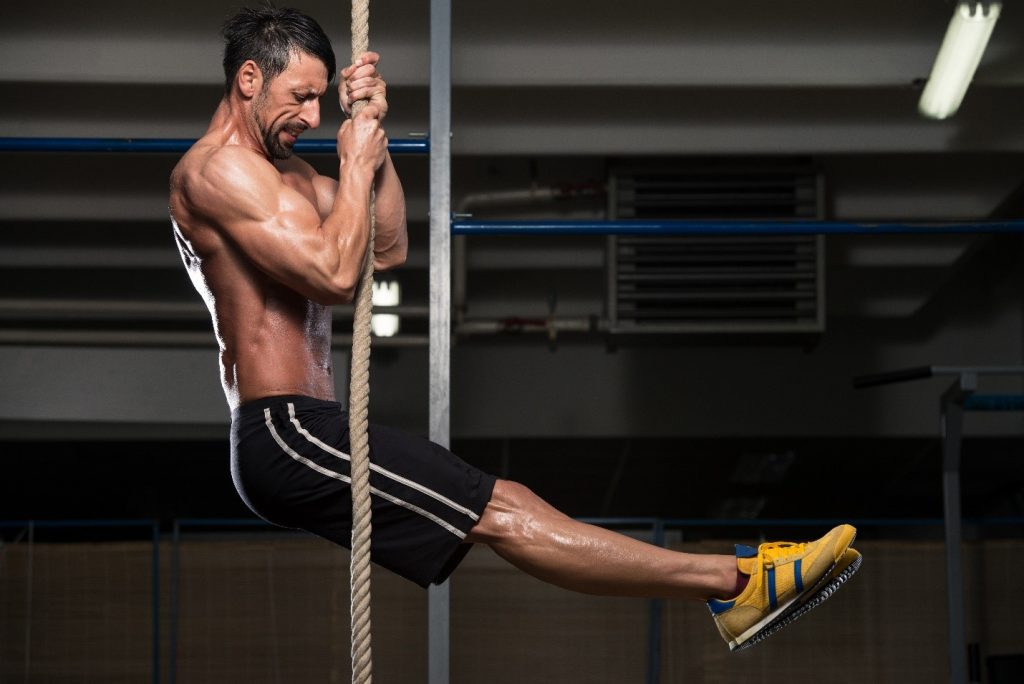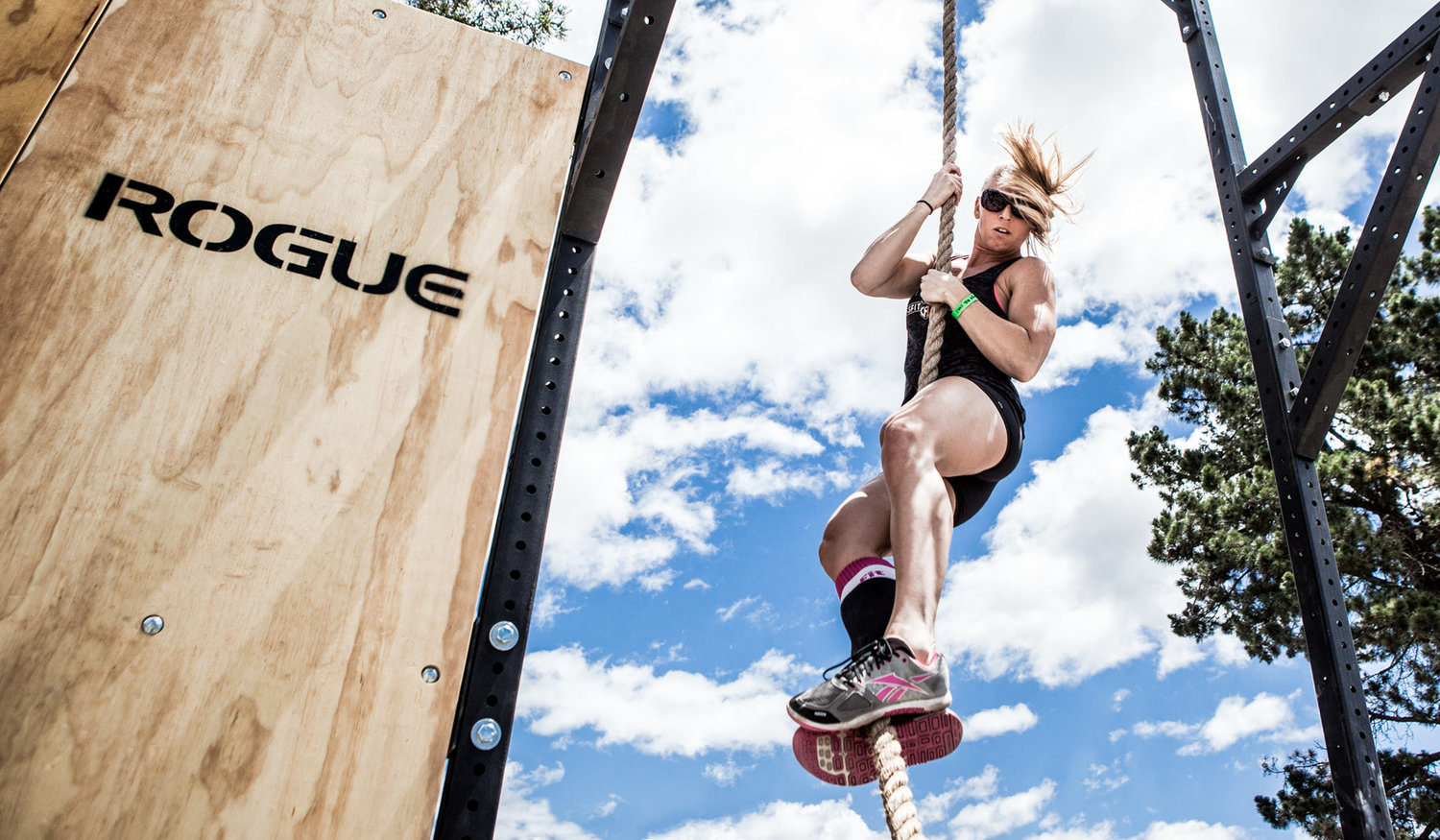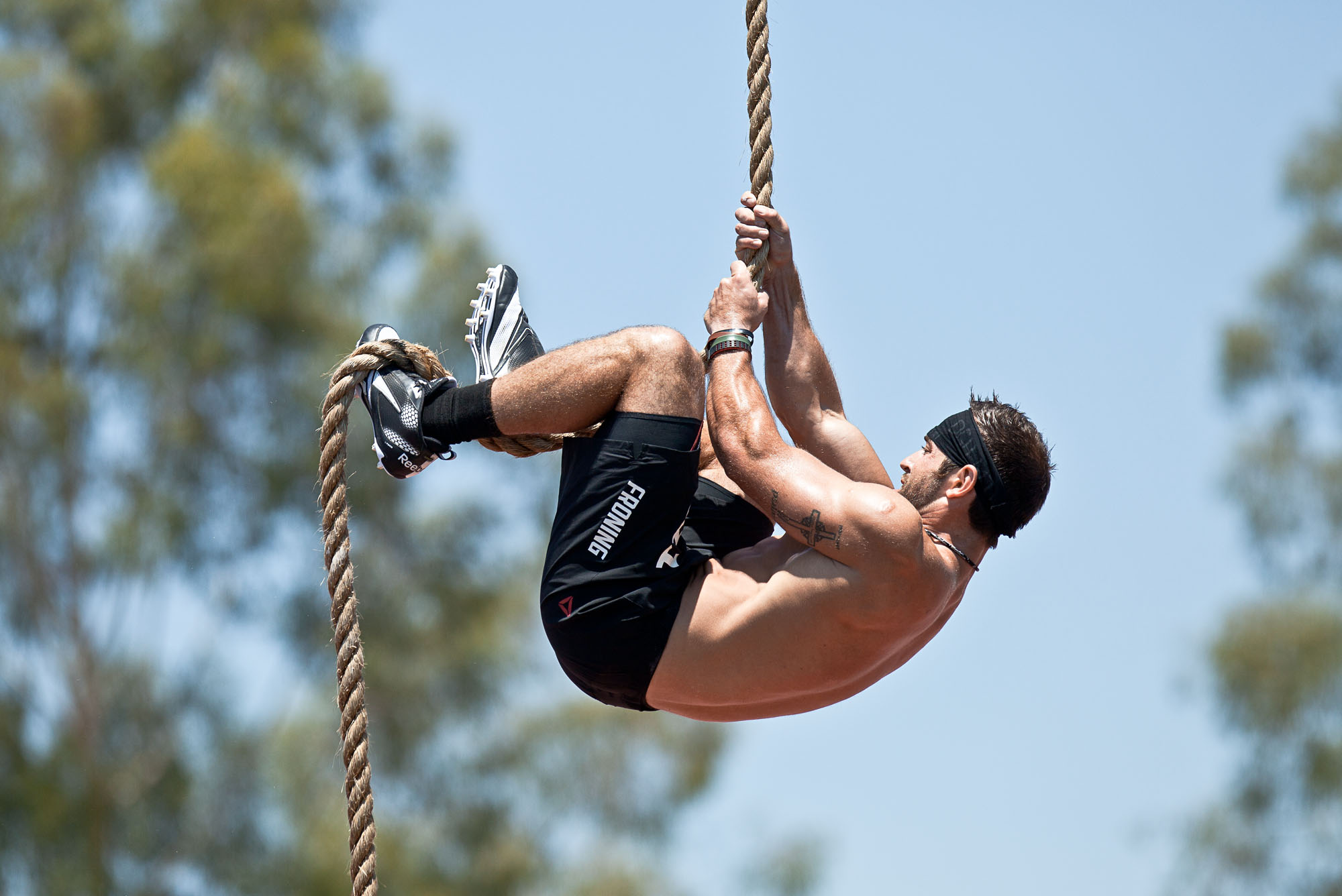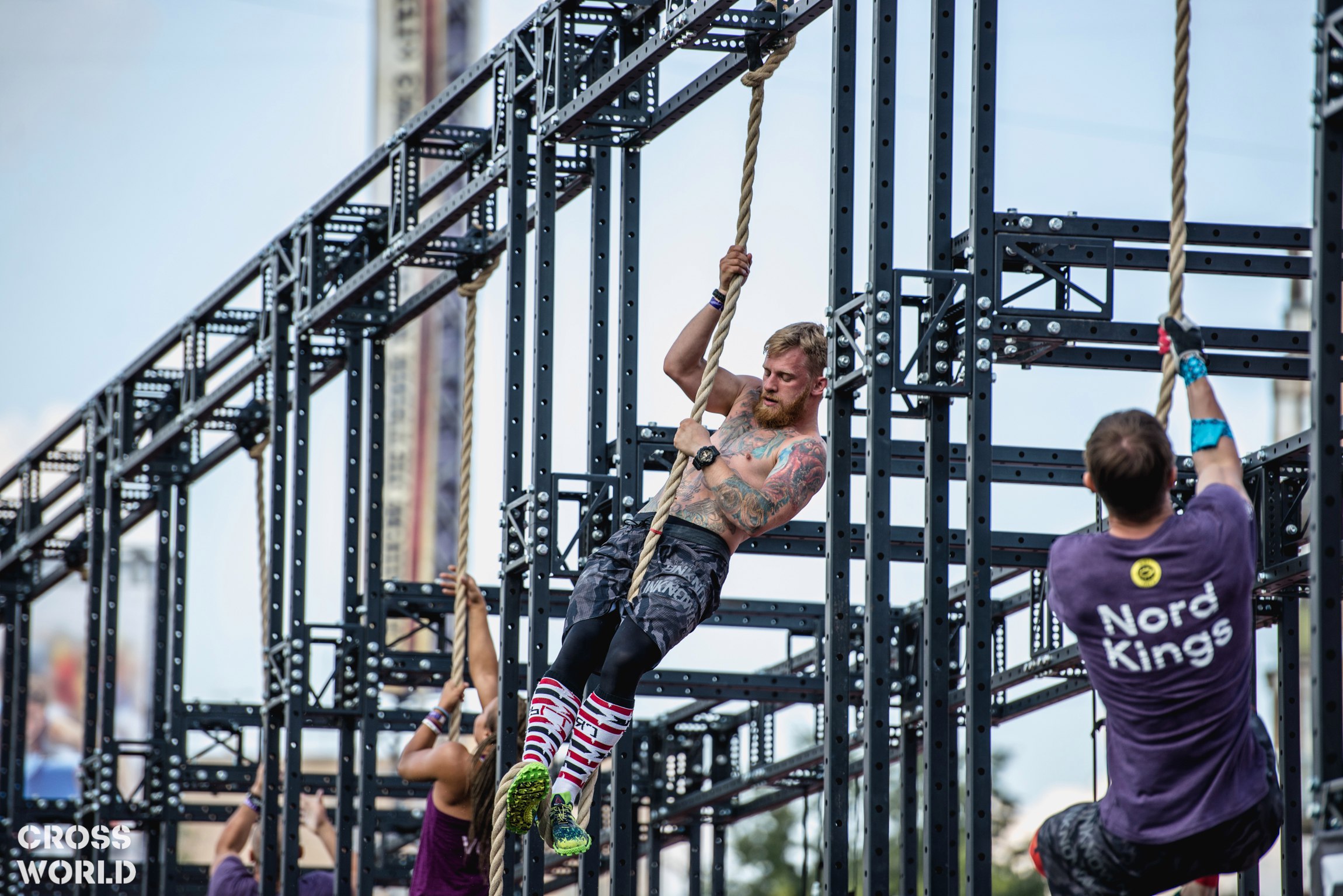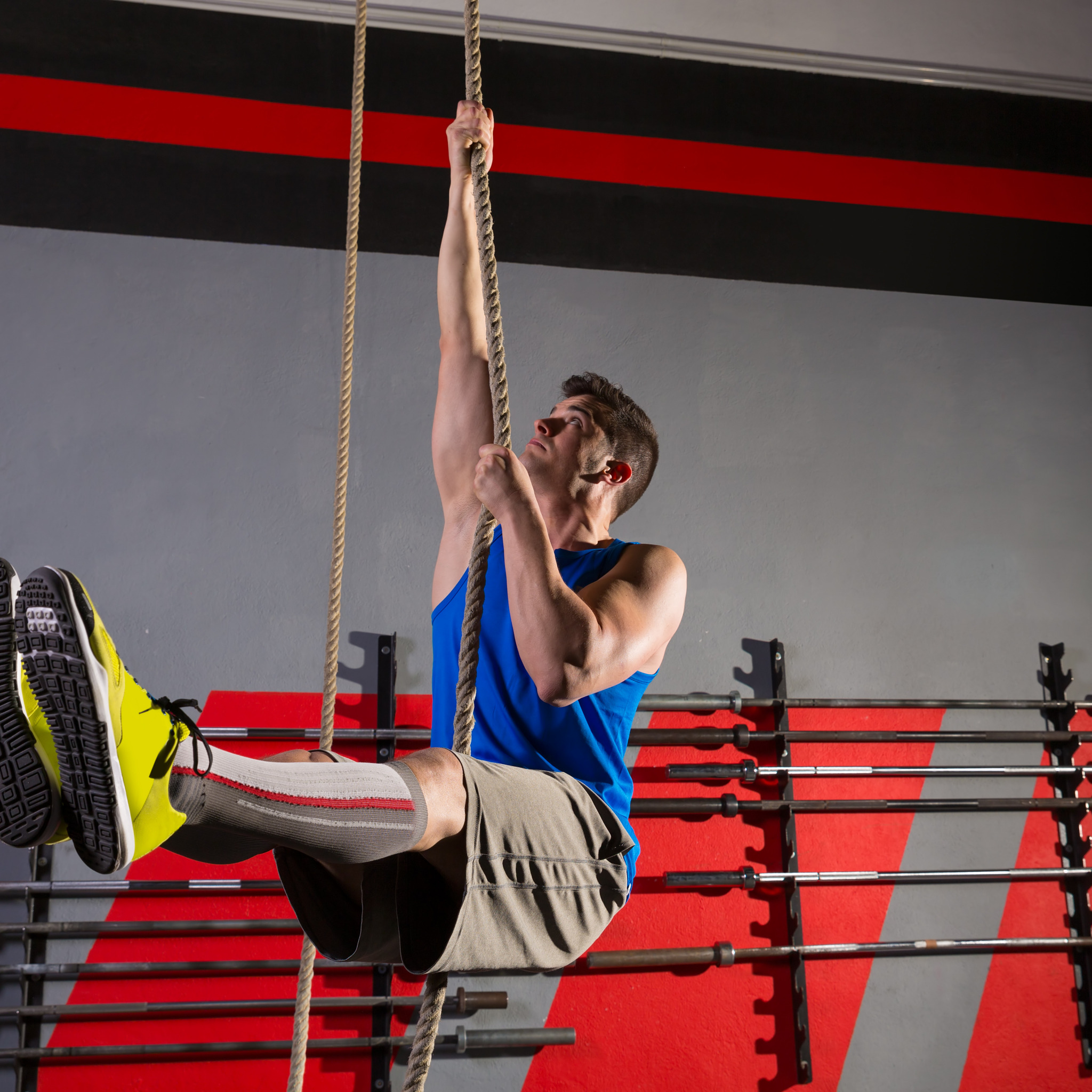Within the area of research on athletic preparation and useful wellness, the rope climb is considered a principle due to its capacity to create solid continuance and quality in much of the upper body, while being interestingly suited to an assortment of diverse preparing needs.
Be that as it may, the rope climb isn’t very a culmination workout, and a few issues relating to its execution or the exerciser themselves can make the requirement for a reasonable elective exercise.
Shockingly, few workouts can really imitate the different benefits of the rope climb, and the little number that comes near is still circumstantial in its form to use as an alternative.
As we dive into the article, there are reviews of about ten best rope climb alternatives. Let’s get started.
Why is rope climbing being substituted?
Reports have shown that many people complain about rope climbing is quite hard and not as effective as expected. Exercisers have complained of several issues that come with the rope climb. However, the major complaint about rope climb is the inaccessibility of a rope.
Most of the exercisers including those in public gyms do not have ropes that they could use to perform exercises.
The ropes found in the gym are battle ropes, which are to the disadvantage of the users because they fail to have a vertical point, which is harder for the exerciser to perform with.
In addition, asides from the exercisers’ inability to rope; why rope climb may be substituted because rope climb is painful. Exercisers do not find it comfortable because of the friction it generates to the hands, inner thighs, and other sensitive parts of the body.
Some individuals have sustained different kinds of injuries as a result of rope climbs. It is a dangerous activity.
According to documented reports, exercisers without a strong grip and good upper-body strength find it extremely difficult to perform rope climbs, because a strong grip is needed to grip and lift their weight.
What signals a good rope climb alternative?
A good rope climb alternative should first and foremost be affixed overhead a bar(s). It must permit the exerciser to make good use of grip strength, athleticism, and muscular endurance while moving from one side of the bar to the other. The rope climb alternatives must be convenient for the exerciser.
Good rope climb alternatives are posed to be more lenient in the necessary equipment for the exercise to be performed. Much equipment should not be required to perform the same function as the rope climb. There should also be provisions made for the addition of other resistance training.
Furthermore, rope climb alternatives are less injurious, exercisers should feel safe while performing on it, and not sustain injuries; it has health benefits attached, and benefits that help build up the body, especially the same muscles, biceps, backs, lower body, upper arms and other necessary parts of the body.
It’s less difficult while performing. Alternative exercises should be easier to perform with few hurdles. The alternative exercises are easily substituted with other equipment and found, like places in the park, gym, or even in children’s playgrounds. Monkey bars are a perfect example of rope climbing alternatives performed on the playground.
Crucial to note that the best rope climb alternatives are performed with simple and ordinary materials. The tools used should be less complex than the tools used in rope climbing. An alternative exercise should make use of an ordinary pull-up bar or simple objects.
The 10 best rope climb alternatives
1) Towel Climbs
Towel climbs are the best form of exercise that stimulate rope climbs without using a rope.
This exercise does not require the use of such equipment; with just a bar at least 7 feet above the ground and a towel, this exercise can be performed.
What to do:
- Drape over a pull-up bar and a gym towel.
- Firmly grip the two ends of the bar while raising your legs off the ground,
- Use your upper body to shift the towel on the bar
- Ensure your arms and legs are extended in opposite directions by raising your right hand and left leg up simultaneously, then raising your left hand and right leg up at the same time.
- For every 15’ rope climb, perform 15-16 towel climbs.
Benefits:
- An easy alternative for the legless rope climb.
- A good rope climb alternative to pull-ups and chin-ups.
- The perfect workout to build grip strength.
Recommendations:
- If the towel is thicker, the harder it’ll be to grasp, thereby select a towel that matches your current hold strength.
- Perform about 15 reps per 15-foot rope climb.
- Move swiftly, your weight from side to side as you drag along with your arms and pump your legs to imitate a legless rope climb.
2) Towel Pull-Ups
Just like the towel climbs, towel pull-ups also require a horizontal bar at least 7 inches above the ground and a rolled-up towel to perform the exercise.
Unlike the towel climbs when the exerciser is in a climbing motion; in towel pull-ups, the exerciser will have to perform a pull-up.
What to do:
- Drape over a pull-up bar using a gym towel.
- Get two towels that hold the two bottoms of one of the towels, and roll the other one over it to realize a thicker rope.
- Raise your legs from the ground while you have both legs crossed.
- Move your hands shoulder width high up to the pull-up bar to perform a pull-up.
- Subsequently, interchange your left and right shoulder blades to achieve a uniform workout.
- For every 15’ rope climb, the exerciser should perform 10-15 towel pull-ups.
Benefits:
- It can be performed anywhere available to hang a towel.
- This exercise is used to build forearms, stronger arms, bigger arms, and lats.
- Perfect for building leg-assisted rope climbs.
Recommendations:
- Perform this workout while wearing a weighted vest to form it more difficult.
- The thick your towel becomes, the tougher the workout becomes.
- Turn your hands as you drag yourself up to hit your back and arms from different angles.
3) Underhand Lat Pull Downs
The underhand lat pull-downs are a seated back exercise that aids the biceps. It is suitable for those who have a lat pulldown machine, especially if they do not have horizontal bars at their disposal.
One good feature is the exerciser’s strength level can easily be adjusted on the weight.
What to do:
- While your palms are facing you, grip the bar with your shoulder width apart.
- In a sitting position, with your hands still firmly holding the bar, place your legs below the pads of the thigh.
- Lean back a little bit.
- Slowly and carefully bring down the bar to your collarbone.
- In slow motion, while being tensed, release the bar up high again.
- This depends on the weight you are lifting, but ensure you do 10-15 repetitions.
Benefits:
- A versatile workout that’s perfect for all wellness levels.
- Great workout for intensity-boosting drop sets.
- A useful lat pulldown choice for more curious back workouts
Recommendations:
- You’ll be able to perform this workout utilizing one hand for assortment and to guarantee real development of both arms equally.
- Add an isometric delay at the foot of each rep to extend back engagement.
4) Regular Pull-Ups
Regular pull-up exercise is an easy-going one that works on the back muscles and biceps. It is very convenient as it only requires a bar for it to be performed.
However, some exercisers who desire a challenge tend to add some weight to their ankles by performing regular pull-ups.
What to do:
- With your shoulder width apart, firmly place your hands on the bar.
- Lift your feet off the ground while you cross your legs.
- Raise your body straight up while bringing your chin up to the bar.
- For a second, hold yourself together and slowly lower your body down.
- For every 15’ rope climb, you should do 15 pull-ups.
Benefits:
- Regular pull-ups are often more elbow-friendly than overhand pull-ups or underhand chin-ups.
- Serves as an excellent grip, biceps, and latissimus dorsi exercise.
- Very accessible because gyms have regular pull-up bars.
Recommendations:
- Carry out this CrossFit workout harder by wearing a weighted vest or employing a chin/dip belt.
- Cover the bar with microfiber cleaning clothes or wipes to create it thicker and harder to grab.
- Draw your chest up to the bar instead of your chin to extend latissimus dorsi, rhomboid, and trapezius engagement for regular pull-ups.
5) Inverted Rows
The inverted row is a beginner-friendly exercise for people lacking enough strength to carry out a regular pull-up.
The inverted row is one of the most convenient exercises because it can be done anywhere on rings, on low bars, and even on dining tables. An inverted row is an ideal exercise for people who lack several pieces of equipment.
What to do:
- The choice of equipment you decide to use must be very secure and sturdy, so it can handle your body weight.
- The choice of height you place your equipment, should be an attainable height that can be reached while lying down.
- Your hands should be placed shoulder-width away from each other.
- Position your body in a straight manner, while placing your heels on the ground. Then, raise your chest to the table or bar and, in slow motion, let your back be released again.
- If you feel an inverted row is hard, and you need an easier way out, then have your knees slightly bent as you draw your feet close to your body
Benefits:
- For beginners, it’s great exercise.
- This exercise targets the arms more than a regular pull-up.
- Easy to add to workouts.
- Adds lower body muscles.
- Better grip strength.
- Build on scapular retraction.
Recommendations:
- It allows your abs to tighten.
6) Monkey Bars
Monkey bars are like rope climbs because it requires motion, from one point to another. Unlike the rope climbs, the monkey bar is interesting, and it can be performed at the gym or even in the park.
Monkey bars exercise is a good alternative for rope climbing. Monkey bars also improve the exerciser’s grip strength and pull-ups.
What to do:
- Applying just one arm, firmly grip the first bar and drag your body off the ground.
- Swing yourself forward as you use the momentum acquired in the first step.
- As you keep swinging, use your second hand to grip the second bar.
- Ensure you stick to your momentum, as you alternate your hands progressively on the monkey bars.
Benefits:
- For anyone who dislikes heights, monkey bars would serve as a great rope-climb alternative.
- Monkey bars work on the upper back, good grip, and core exercise.
- Great for back and biceps exercise.
Recommendations:
- Take big swings and miss every other rung to make this exercise a little more athletic and challenging.
- Move backward or sideways for more form.
- Use two-handed jumps to form muscle growth from rung to rung.
7) Sled Pulls
Sled pulls are an extraordinary elective for rope climbs since they include your legs as well. In expansion, you’ll moreover form or lose weight, depending on your quality level.
Perhaps you do not have a power sled in your corner, but you’ll be able to accomplish the same workout by joining a resistance band to an anchor.
What to do:
- Put your wanted weight onto the control sled and grasp the hand straps.
- Step in reverse until you’ve got full pressure on the straps.
- Squat down pleasant and moo, embracing your core.
- Crush your glutes to control up from the squat, while at the same time driving your hands in toward your chest.
- Move a step backward and rehash until you fully pull the sled to the other side.
Benefits:
- Quality alternative exercise to rope climbs that function all in the same muscles.
- Sled pulls are great for individuals who do not like heights.
- A very scalable exercise, as you can easily adjust the weight of the sled.
Recommendations:
- Perform this alternative exercise seating, and your legs are stretched to take your lower body out of motion.
- Move the upper body after each pull to increase slant engagement.
- Modify the ascent of your upper body to task your back same muscles from various angles.
8) Rock Climbing
If you’re trying to find something challenging that will move forward your grasp quality, upper body, and center quality – rock climbing seems the perfect alternative for you!
Rock climbing can be performed both outside or inside, with indoor climbing ordinarily partitioned into three disciplines: bouldering, lead climbing, and top rope.
Bouldering is incredible for starters, whereas lead climbing is marginally more advanced. Top rope climbing will require an accomplice.
What to do:
- In case you’re top-rope climbing, continuously do your security checks, to begin with, to guarantee you’re legitimately secured. Have your belay buddy check your hitches too.
- Assess the path you’d like to use before starting your climb. This will assist you to know where to go when you’re on the climbing wall and can’t see your feet or accessible holds.
- Position one foot and each hand on a hold.
- Step up onto the toehold, and bring your next foot to the other toehold.
- Utilize your energy to climb up, getting hold of the next accessible grasp.
- Continue this movement, substituting between your right and left hands or feet until you get to the top.
- On the off chance that you’re bouldering, you’ll navigate around the side of the “rock” until you get to the end.
Benefits:
- Improvement in your grip
- Rock climbing, not as it was given a compelling quality workout – it’s an extraordinary shape of cardio, too
- You’ll discover it simpler to line up your upper and lower body
- You’ll be able to hold on for longer in the event that your weight shifts over to one side.
- Provides a sense of community
- Boosts confidence
- Getting stronger with more practice.
9) Ring Muscle-Ups
Ring muscle-ups are maybe one of the foremost challenging CrossFit workouts that require a parcel of pattern quality to do.
They’re a great upper body workout, focusing on your biceps, triceps, lats, traps, and pectoral muscles.
Ring muscle-ups moreover offer assistance with moving forward your hands shoulder width portability. If you’re not able to do a standard ring muscle-up, you’ll be able, to begin with, a helped variation.
What to do:
- Set the ring position to where you’ll be able to snatch hold of them while standing on the ground together with your arms raised.
- Hold the rings and let your body hang along with your feet off the ground. On the off chance that you’re doing a strict ring muscle-up, you’ll need to guarantee you have got a false grip.
- While for a kipping ring muscle-up, having a quality grasp will be much better.
- Do a pull-up move until the rings are in line together with your armpits. It’s too crucial to have the rings near your body.
- Afterward, you’ll bring your shoulders forward, while at the same time pushing your elbows back. This move will bring you into the foot of a plunge position.
- Next, raise your body while pushing your hands down to your hips.
- Gradually lower yourself back down, doing each move in invert until your feet are back on the ground.
- Perform 10-15 ring muscle-ups per 15’ rope climb alternatives.
Benefits:
- Ring muscle-ups help form upper body strength. Ring muscle-ups serve a strong workout to your biceps, lats, triceps, trapezius, and pectoral muscles.
- Ring muscle-ups sure help form shoulder movement
- Ring muscle-ups help form grip strength.
Recommendations:
- The finest tip for muscle-ups is to work on the wrong grasp! A great way to do so is to do drag-ups on rings with the wrong hold, or fair scapula drag-ups.
- In case you still cannot hold a false grasp from a hanging position, attempt doing body rows on the rings.
The muscles worked with rope climb alternatives
Upper arms
The front of your upper arm comprises three muscles and is where a large quantity of your energy will come from while rope climbing.
These muscles incorporate the biceps brachii, which is frequently alluded to as “your biceps.” Following, we have the brachialis (which is under the biceps) and the coracobrachialis.
Forearms
Whereas numerous individuals think grasp quality comes from the hands and fingers, the muscles utilized to grasp, begin in your forearms.
Some muscles, such as the flexor carpi ulnaris, flexor digitorum superficialis, flexor carpi radialis, flexor pollicis longus, and flexor digitorum profundus, all work together to assist you to hold an object.
Upper back
The latissimus dorsi muscle (frequently called “lats”) is the essential muscle utilized when pulling your body towards the actual rope.
The muscle is identified on the sides of your upper back. Additional muscles that are worked incorporate the lower trapezius muscles, as well as the serratus front muscles.
Lower back
Utilizing your legs as much as conceivable when rope climbing will diminish the stack on your arms. Typically genuine for rope climbs, options like rock climbing too.
The muscles incorporate your adductor muscles (Brevis, Magnus, and Longus), together with your gluteus maximus and hamstring muscles.
Conclusion
As much as rope climb is a good form of exercise and performs its function, it is however not suitable for all exercisers.
Most exercisers will rather go for an alternative rope climb, but the alternative rope climb must serve a better purpose than what the rope climb would serve.
Several factors must be put into consideration when alternating your exercise, which is well explained in this article.
It is also necessary to note that the substitution depends on what goal you want to achieve.
Question and Answer
How do you simulate a rope climb?
There are various ways to simulate a rope climb, and it could be by trying out the towel rope climbs, towel pull-ups, underhand lat pull-downs, regular pull-ups, etc
How do you practice rope climbing without rope?
Pull-ups can serve the same muscle groups that the rope climb does, which makes pull up also a convenient alternative for those without access to a rope.
How do you make a rope climb at home?
If you have a backyard in your home, you can make rope climbs.
- Find a spot
- Mark the holes
- Dig the holes
- Position the post-saver sleeves
- Place the fence post up
- Fill in a postfix bag
- Fasten the bars into position
- Dissolve the fence posts
- Construct the rope.
How do you climb a rope with just your hands?
- Spring and leap up as high as you can to begin.
- Hold up your body weight with one arm and with the other arm pull yourself up.
- Perform this repeatedly until you are at the top of the rope.
- To drop, detach your grip slowly and allow yourself to glide down the rope.

